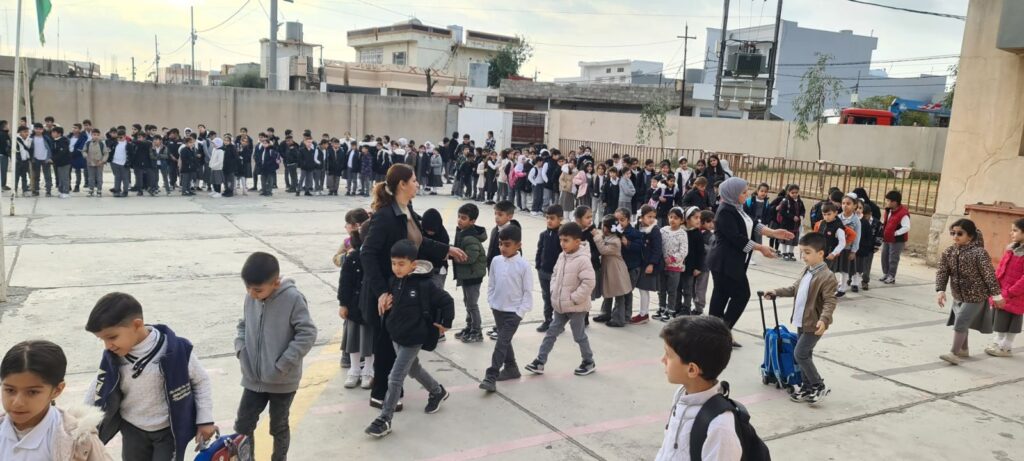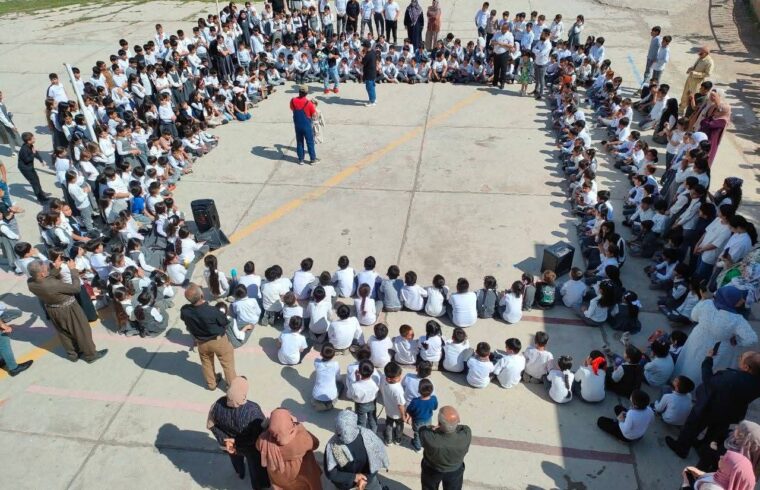abdulwahed muhamad
We have been set free!
We have been set free….!
By: Abdalwahed Mohammad
 When the school year ends, most students can’t hide their excitement. They shout at the top of their lungs: “Freedom! Freedom!”
When the school year ends, most students can’t hide their excitement. They shout at the top of their lungs: “Freedom! Freedom!”
But what lies behind this cry? Is it just the joy of finishing school? Unlikely. That reaction doesn’t come from a sense of relief alone — it reflects something deeper. There are reasons why students come to view the end of the school year not as a celebration of achievement, but as an escape.
In truth, the word “freedom” isn’t typically used for schools — it belongs to places like prisons, where people are denied their rights and long for release. So why would students use it in this context?
It’s a serious question.
Why does the end of school feel so liberating to them?
The simplest and most honest answer is this: it’s the reality they experience.
Students, by nature, are full of dreams and desires. They want to gain something meaningful from school — knowledge, opportunities, creativity. But many obstacles stand in their way. Among them:
1. Unwelcoming school buildings and classrooms
The physical environment of a school plays a big role in how students feel. Classrooms should inspire learning, not drain motivation. Sadly, most school buildings are old and poorly maintained — broken doors and windows, dirty walls, poor ventilation. It’s hard to feel inspired in such surroundings.
2. No greenery or natural spaces
Flowers, trees, and gardens may seem minor, but they have a big psychological effect. They calm the mind, spark imagination, and give students a sense of peace. Yet in over 90% of schools, there are no gardens, just dry, cracked ground and lifeless yards.
3. Lack of sports facilities
Sports are not just physical activities — they’re essential for student motivation and mental well-being. The absence of proper play areas or sports fields takes away one of the most joyful parts of school life and leaves students emotionally drained.
4. Missing basic services
Simple needs like clean drinking water, functioning restrooms, janitorial care, and classroom cleanliness are often overlooked. Some schools barely provide these services. In fact, many students today attend schools that don’t even have drinking water.
5. No labs, art rooms, or music spaces
Many students are talented in areas beyond traditional subjects. They crave chances to draw, play instruments, experiment, and express themselves. But most schools have no facilities for these creative outlets — leaving those talents unrecognized and undeveloped.
6. No field trips or extracurricular activities
This is a major issue. Students are not robots, there to absorb lectures and follow orders. They need experiences beyond the classroom. Even a simple trip to a museum, a historical site, a sports center, a health clinic, or a local business can make a big difference in their learning journey and mental refreshment.
All these issues — whether it’s the absence of facilities, services, or supportive environments — have a profound impact on students and the entire educational process.
As long as these needs go unmet, it’s no surprise that students cheer when school ends. It’s not a celebration of learning, but a sigh of relief from a system that often fails them.
This reflects the state of our education system — and it’s something we can no longer ignore.
The real problem is that the government still treats education as a low priority, with no serious strategic plans for reform. While some private investors and organizations have made contributions, these efforts are limited and often politically motivated. They’ve done little to change the student experience or restore trust in schools.
And so, to this day, the shout continues:
“Freedom! Freedom!” — words once meant for prison walls, now echoing through our schools.









